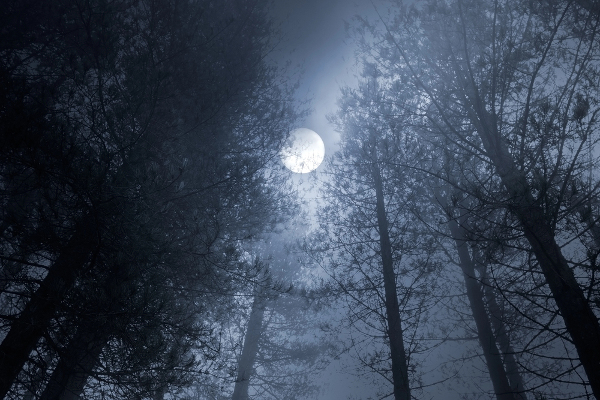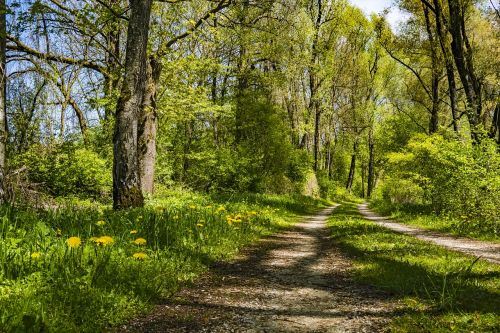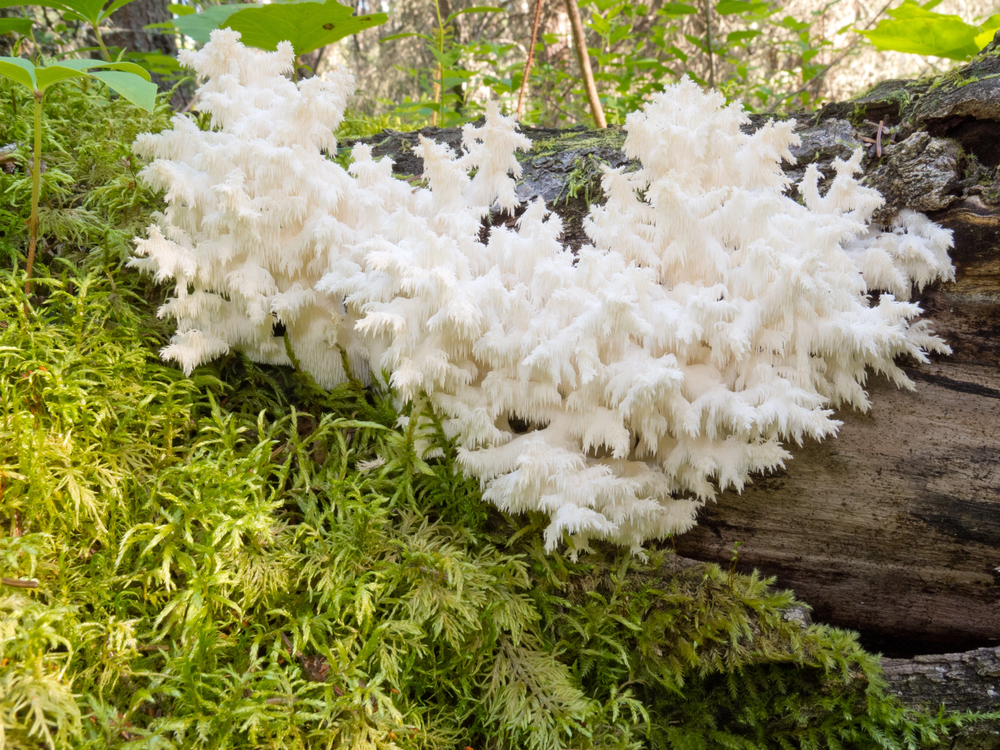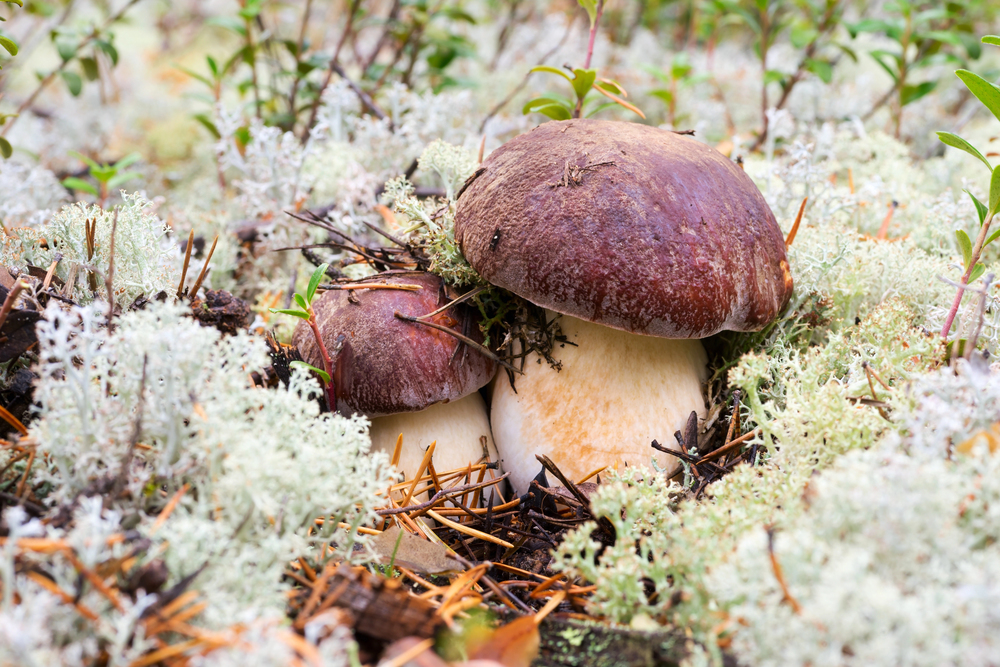The best time for mushroom hunting at night is shortly after sunset. This time frame typically sees a rise in humidity, which enhances fungal activity and visibility. As temperatures drop and darkness sets in, conditions become favorable for discovering elusive species. However, successful mushroom hunting involves more than just timing; various factors can influence your experience. These include the phases of the moon, essential tools, and safety measures that need to be taken into account. What other elements might lead to a successful adventure in the mysterious world of fungi?
Ideal Moon Phases for Hunting
The moon’s phases significantly influence nighttime mushroom hunting. A full moon enhances visibility, while the darkness of a new moon can create favorable conditions for certain species to emerge. Recognizing the lunar cycle’s impact on mushroom growth can enhance your hunting success.
Full Moon Benefits
During the full moon phase, the increased illumination enhances visibility, making it easier to spot mushrooms in their natural habitats. The enchanting moonlight fosters a sense of liberation while exploring the woods. Additionally, many nocturnal species become more active, providing mushroom hunters with a chance to observe these creatures during their foraging adventures.
The table below highlights the benefits of full moon conditions for mushroom hunting:
| Benefit | Description | Emotional Impact |
|---|---|---|
| Moonlight Visibility | Improved visibility aids in spotting mushrooms | Inspires a sense of adventure |
| Active Nocturnal Species | Increased wildlife activity amplifies the experience | Sparks joy and curiosity |
| Safe Navigation | Natural light reduces risks of tripping or getting lost | Promotes a feeling of freedom |

Embracing the full moon’s glow, mushroom hunters can enjoy a fulfilling experience, connecting with nature and discovering the hidden treasures of the forest. The interplay of moonlight visibility and vibrant nocturnal life creates a magical environment that invites those seeking the thrill of exploration.
New Moon Darkness
New moon darkness offers a unique opportunity for mushroom hunters, as the absence of bright moonlight creates an ideal environment for stealthy exploration and focused foraging. The dimly lit surroundings enhance the thrill of the hunt, allowing enthusiasts to connect more intimately with nature and the vibrant ecosystems that promote mushroom growth.
Hunting strategies during this phase should emphasize a quiet approach, as the lack of illumination encourages mushrooms to emerge in secluded spots where they might otherwise go unnoticed. Utilizing headlamps with red filters can help maintain night vision while minimizing disturbance to wildlife. Additionally, the cooler temperatures of new moon nights may lead to increased fungal activity, making it a prime time for foraging.
For those seeking liberation in nature, the new moon provides a canvas of darkness that invites exploration without the distractions often caused by artificial light or bright moon phases. Embracing the stillness and mystery of the night can yield not only an exhilarating experience but also a rewarding bounty of mushrooms, aligning perfectly with the adventurous spirit of outdoor foragers.
Lunar Cycle Influence
Understanding the lunar cycle can enhance your mushroom hunting experience, as different moon phases create varying conditions that influence fungal growth and visibility. Foraging under moonlight during specific phases increases your chances of discovering mushrooms, with the moon’s brightness affecting both fungal behavior and forager visibility.
The waxing moon is ideal for mushroom hunting, symbolizing growth and vitality, which leads to heightened fungal activity. In contrast, the waning moon, often associated with decline in lunar mythology, can result in reduced mushroom visibility. New moons, characterized by darkness, may benefit certain species that thrive in obscurity, but they present challenges for visibility and navigation.
For those who cherish the adventure of mushroom hunting, planning your outings during the waxing moon can enhance the experience. Embrace the magic of moonlit foraging and let the lunar cycle guide your explorations into nature, where hidden treasures await under the gentle glow of the moon.
Best Times After Sunset
The best times for mushroom hunting after sunset are typically within the first few hours of darkness. As humidity levels rise and temperatures stabilize, conditions become favorable for growth. With diminishing ambient light, hunters can effectively utilize their night vision to spot mushrooms that may blend into their surroundings.
Using flashlight techniques can enhance your success at night. A red filter on your flashlight helps preserve night vision while illuminating the forest floor, reducing glare and allowing for quiet navigation. A headlamp is also a great option for hands-free movement, keeping both hands free for foraging.
The initial hours after sunset provide an exciting opportunity to explore and connect with nature. By timing your outing wisely and employing effective lighting methods, you can increase your chances of discovering the hidden treasures that emerge after nightfall.
Temperature and Humidity Effects
Temperature and humidity significantly influence the growth and visibility of mushrooms during nighttime hunts. Knowing the ideal temperature range can enhance the likelihood of encountering various species, while optimal humidity levels greatly affect their development. This discussion will explore how these environmental factors impact mushroom hunting success.
Ideal Temperature Range
The best growth conditions for mushrooms during nighttime hunts are influenced by temperature and humidity levels. Understanding these factors is essential for those seeking the thrill of mushroom foraging.
Mushrooms typically thrive in temperatures ranging from 50°F to 70°F (10°C to 21°C). However, this can vary with seasonal changes, as different species prefer distinct climatic conditions. Here are four key points to consider when planning your nighttime hunting:
- Temperature Fluctuations: Mild temperatures at night encourage fungal activity, making it easier to spot mushrooms.
- Species-Specific Needs: Certain mushrooms, like chanterelles, prefer cooler temperatures, while others may favor warmer conditions.
- Climatic Influence: Seasonal variations can shift the best temperature range, impacting which species are available for foragers.
- Time of Year: Spring and fall often provide the most favorable temperatures for diverse mushroom growth, enhancing your hunting experience.
Humidity Levels Impact
Maintaining ideal humidity levels is essential for mushroom growth, as it greatly affects their development and visibility during nighttime foraging. Humidity can either enhance or hinder the proliferation of various fungi species, influencing both their abundance and overall health. High humidity fosters water retention in the environment, creating optimal conditions for mushrooms to flourish.
During nighttime, cooler temperatures paired with increased humidity often create the best environment for mushroom hunting. The moisture in the air encourages dew formation, which energizes fungi and enhances their visibility against their surroundings. In contrast, low humidity can cause desiccation, stunting growth and making mushrooms less vibrant and harder to spot.
For foraging enthusiasts, understanding the relationship between humidity and temperature is important. It allows them to plan their outings effectively—choosing nights with high humidity levels to maximize the chances of discovering a diverse array of mushrooms. By keeping an eye on local humidity forecasts, foragers can elevate their mushroom hunting experience, turning it into an engaging and rewarding activity.
Essential Tools for Night Hunting
Equipping oneself with the right tools is essential for a successful nighttime mushroom hunting expedition. Foraging under the moonlight can be exhilarating, and having the appropriate collecting gear and night vision tools can enhance the experience. Here are four fundamental items to consider:
- Headlamp or Flashlight: A reliable light source is important. Opt for a headlamp that allows for hands-free operation, enabling you to navigate and collect mushrooms effortlessly.
- Night Vision Goggles: These advanced tools improve visibility in low-light conditions, allowing for a broader view of your surroundings and helping you spot elusive fungi.
- Mushroom Basket or Bag: Use a breathable basket or bag to collect your finds while ensuring they remain fresh. A sturdy option will also make carrying your haul easier.
- Field Guide: A detailed guide will assist in identifying edible versus toxic species, ensuring you make informed choices in the dark.
- GPS Device or Smartphone with GPS: A GPS will help you navigate your surroundings accurately at night, ensuring you don’t get lost while foraging for mushrooms. It can also mark locations of your finds for future reference.
With the right gear in hand, you can investigate the night with confidence, embracing the freedom of the hunt while ensuring a successful and enjoyable experience.
Safety Precautions to Consider
While having the right tools enhances the nighttime mushroom hunting experience, prioritizing safety precautions ensures a secure and enjoyable outing. Before embarking on your adventure, it’s important to prepare for potential hazards, including wildlife encounters and medical emergencies.
Consider the following safety precautions:
| Precaution | Description | Importance |
|---|---|---|
| First Aid Kit | Carry a well-stocked first aid kit. | Vital for treating minor injuries. |
| Buddy System | Always hunt with a partner. | Provides safety in case of emergencies. |
| Proper Lighting | Use headlamps or flashlights. | Guarantees visibility in low light. |
| Inform Someone | Let someone know your plans. | Significant for tracking your whereabouts. |
| Wildlife Awareness | Be cautious of local fauna. | Reduces risk of dangerous encounters. |
Being aware of your surroundings and prepared for unexpected situations can significantly improve your mushroom hunting experience. Welcome the freedom of exploration, but remember that safety should always be a priority when venturing into the wilderness after dark.
Identifying Bioluminescent Mushrooms
How can you distinguish bioluminescent mushrooms from their non-luminous counterparts in the dark? The allure of glowing mushrooms captivates many nighttime foragers. To assist in identifying these unique fungi, consider the following characteristics:
- Color: Bioluminescent mushrooms usually emit a greenish glow, though some may appear blue or white. Observe the hue closely.
- Location: These mushrooms often thrive in decaying wood or damp forest floors where organic matter is abundant.
- Shape and Size: Look for small to medium-sized fungi, often with a distinctive cap shape, like the Mycena genus, known for its luminescence.
- Time of Day: The best time to spot these glowing fungi is during damp, moonless nights when ambient light is minimal, enhancing visibility.



